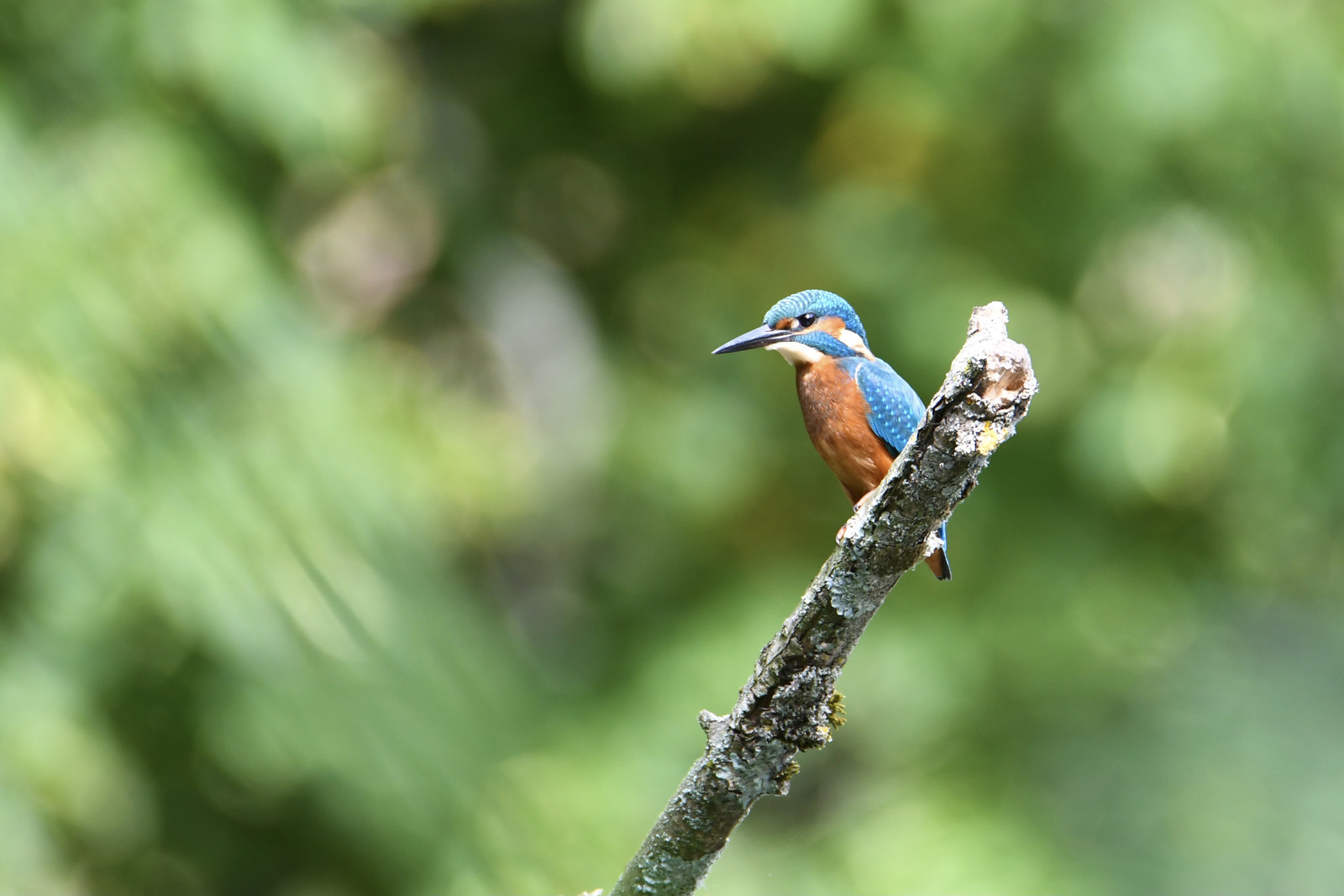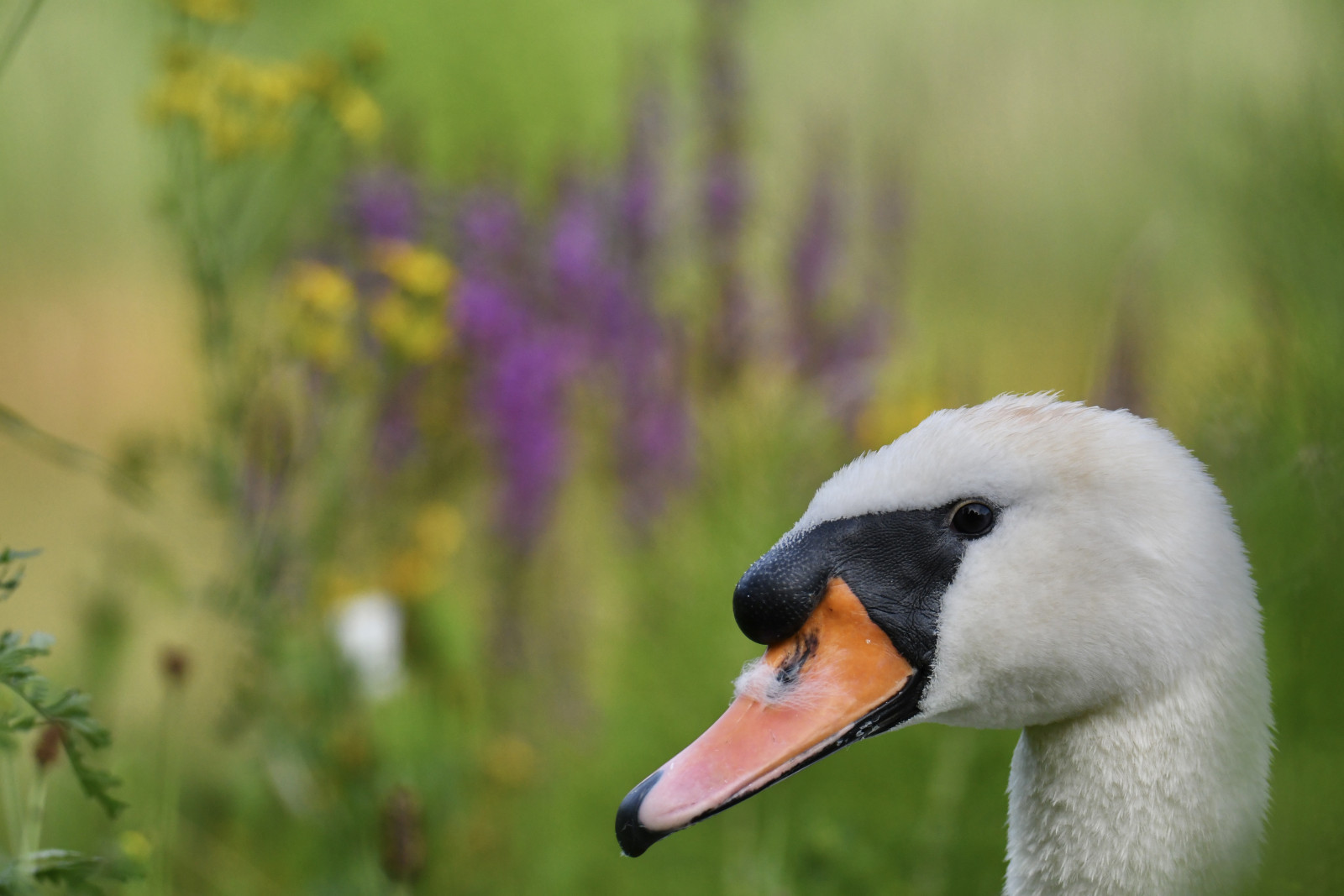Description
Domaine des Silex is an interesting birding area because it is located on the edge of the Soignes forest and has 2 ponds. This means that you can see a wide variety of birds (forest birds and water birds). You can see all the species of tits present in Brussels (Jelova senica, Ćubasta senica, Siva senica, Plava senica, Velika senica and Dugorepa senica), all woodpecker species (Veliki detlić, Mali detlić, Srednji detlić, Crna žuna and Zelena žuna), thrushes (Drozd pevač, Mali drozd and Drozd borovnjak), common garden and park birds (Carić, Crvendać, Obični popić, Dugokljuni puzić, Brgljez, Zeba, Zelentarka Kraljić, Vatroglavi kraljić, Golub grivnaš, Golub dupljaš, Vrana , Čavka, Sojka and Svraka), raptors (Mišar, Kobac, Jastreb, Osičar, Sivi soko and Lastavičar) and lots of waterfowl (Gluvara, Riđoglava patka, Ćubasta patka, Barska kokica, Liska, [ [Dodaars]], Ćubasti gnjurac, Čegrtuša, Labud grbac, Siva čaplja, occasionally the Velika bela čaplja, Barski petlovan, ,Veliki vranac, and the Vodomar!
_________________________
Français: Petite réserve Natura 2000 en bordure de Foret de Soignes avec 2 étangs, un grand et un petit(ce dernier est accessible que les samedis ou 1er dimanche du mois). Ce site est d'un grand intéret car il est en bordure de Foret de Soignes et comporte 2 étangs, ce qui fait que on peut y voir une grande variété d'oiseaux (oiseaux forestiers et oiseaux d'eau).
On peut voir ici toutes les éspèces de mésanges présentes sur Bruxelles ( Jelova senica, Ćubasta senica, Siva senica, Plava senica, Velika senica et Dugorepa senica), toutes les éspèces de pics présentes sur Bruxelles ( Veliki detlić, Mali detlić, Srednji detlić, Crna žuna et Zelena žuna), des grives ( Drozd pevač, Mali drozd et Drozd borovnjak), les oiseaux communs des jardins et parcs ( Carić, Crvendać, Obični popić, Dugokljuni puzić, Brgljez, Zeba, Zelentarka Kraljić, Vatroglavi kraljić, Golub grivnaš, Golub dupljaš, Vrana, Čavka, Sojka et Svraka), des rapaces ( Mišar, Kobac, Jastreb, Osičar, Sivi soko et Lastavičar) et plein d'oiseaux d'eau ( Gluvara, Riđoglava patka, Ćubasta patka, Barska kokica, Liska, Mali gnjurac, Ćubasti gnjurac, Čegrtuša, Labud grbac, Siva čaplja, occasionellement la Velika bela čaplja, Barski petlovan, Obični galeb,Veliki vranac, et le Vodomar !
Details
Access
The site is accessible by tram line 8 or bus line 17. A car park can be found on the square opposite the Chemin des Flints, by which you access the site. You can also reach the area by bike but not enter the site with the bike. Bicycle parking is available at the entrance.
_________________________
Français: Le site est accessible avec la ligne 8 de tram ou 17 de bus, et en voiture des places peuvent etre trouvées sur la place en face du chemin des silex, par lequelle vous accedez au site. Vous pouvez y acceder à vélo mais pas rentrer dans le site avec le vélo; un parking a vélo est disponible a l'entrée.
Terrain and Habitat
Forest , Wetland , Grassland , Scattered trees and bushes , ReedbedsConditions
FlatCircular trail
YesIs a telescope useful?
YesGood birding season
All year roundBest time to visit
SpringRoute
Wide pathDifficulty walking trail
EasyAccessible by
FootBirdwatching hide / platform
NoExtra info
In addition to all the species mentioned above, other species can be observed on the site depending on the season. In winter, the presence on the pond of Krdža, Barski petlovan, and the Plovka kašikara can be noted. On the site you will most certainly be able to see the Čižak, with luck Severna zeba, and with a lot of luck Mala brezova juričica. Stopping on the site during migration you can see in particular Polojka and Sprudnik pijukavac, Siva grmuša, Kos ogrličar, Crnoglava travarka, Crnovrata muharica ( not very frequent), Crna crvenrepka, Svilorepi cvrčić (an individual has been present on the site since October 2021), the Trstenjak rogožar and the Obična crvenrepka.
And finally, in summer you can see Crna čiopa, many Gradska lasta, Seoska lasta, Osičar, Lastavičar, Brezov zviždak, Obični zviždak, Trstenjak crvrkutić, and occasionally the Trstenjak mlakar as well as the Siva muharica. On migration, you can see above your head the Žuta pliska, Livadska trepteljka, Šumska ševa, Poljska ševa, Mali drozd, Drozd borovnjak and Čvorak (these last 3 can also be seen on the site). Note that during the whole year you can observe with a little luck Zimovka and Batokljun, as well as Zelentarka. In flight and occasionally landed on the site you can see Češljugar and Krstokljun, but for these 2 you need a good eye!
_________________________
Français: En plus de toutes les éspèces mentionés précèdemment, on peut observer sur le site d'autres éspèces en dépendant de la saison. En hiver, on peut noter la présence sur l'étang de la Krdža, le Barski petlovan, et le Plovka kašikara. Sur le site on pourra voir très certainement le Čižak, avec de la chance le Severna zeba, et avec un gros coup de bol le Mala brezova juričica. En halte sur le site on peut voir nottament le Polojka et le Sprudnik pijukavac, la Siva grmuša, le Kos ogrličar, le Crnoglava travarka, le Crnovrata muharica( pas très fréquent),le Crna crvenrepka , la Svilorepi cvrčić (meme si un individus est présent a ce jour sur le site depuis octobre 2021!), la Trstenjak rogožar et le Obična crvenrepka.
Et pour finir, en été on pourra voir le Crna čiopa, de nombreuses Gradska lasta,l' Seoska lasta, la Osičar, le Lastavičar, le Brezov zviždak, le Obični zviždak, la très characteristique du site Trstenjak crvrkutić, et occasionellement la Trstenjak mlakar ainsi que le Siva muharica. En migration, on saura voir au dessus de nos tetes la Žuta pliska, le Livadska trepteljka, l' Šumska ševa, l' Poljska ševa, la Mali drozd, la Drozd borovnjak et l' Čvorak (ces 3 derniers peuvent aussi etre observés sur le site). A noter que pendant toute l'année on pourra observer avec un peu de chance le Zimovka et le Batokljun, ainsi que le Zelentarka. En vol et occasionellement posés sur le site on pourra voir le Češljugar et le Krstokljun, mais pour ces 2 là vous avez interet a avoir une bone ouille !



